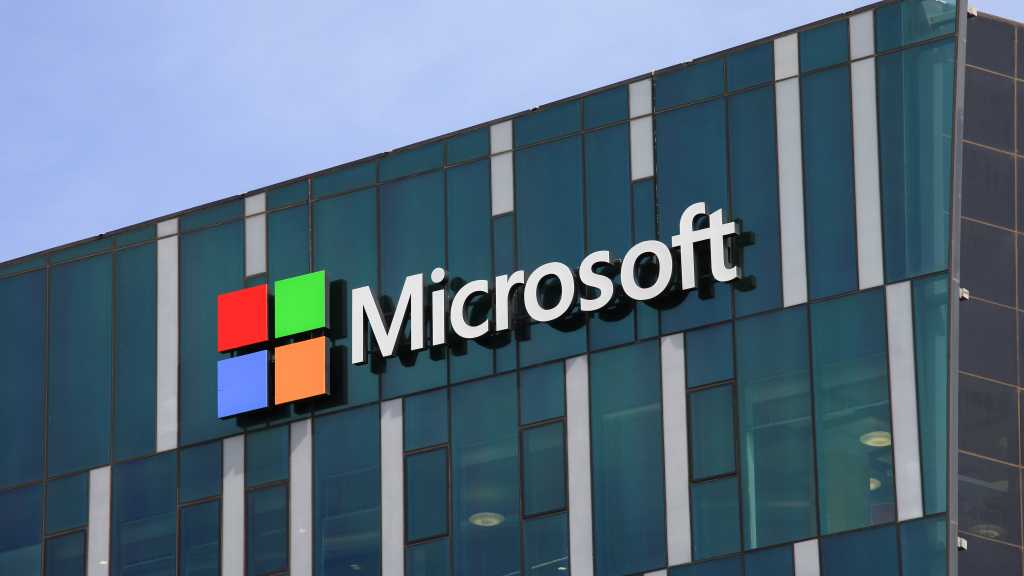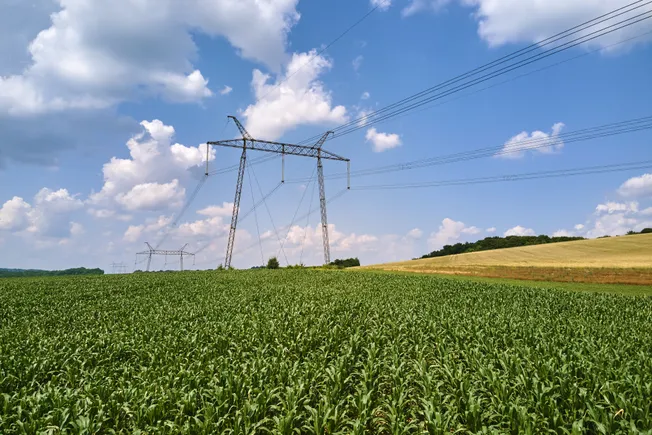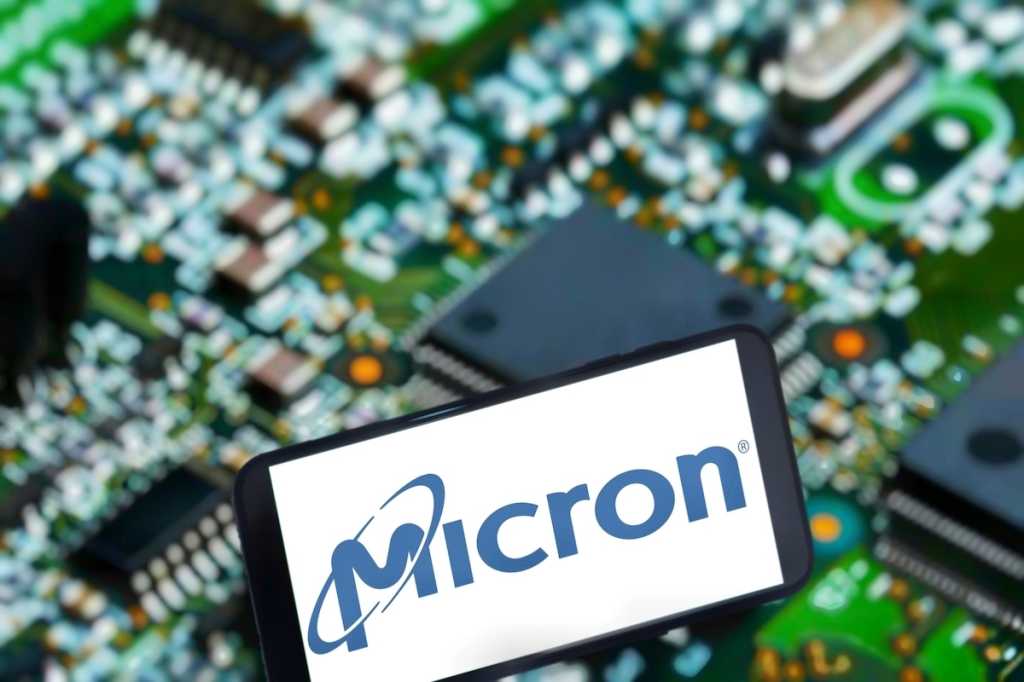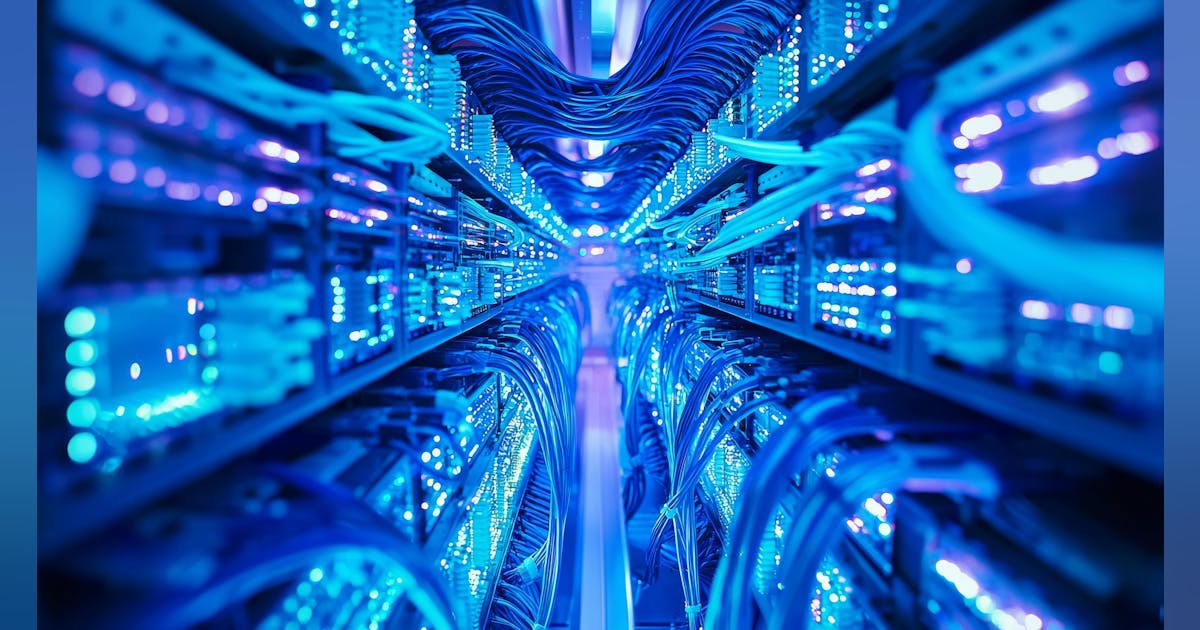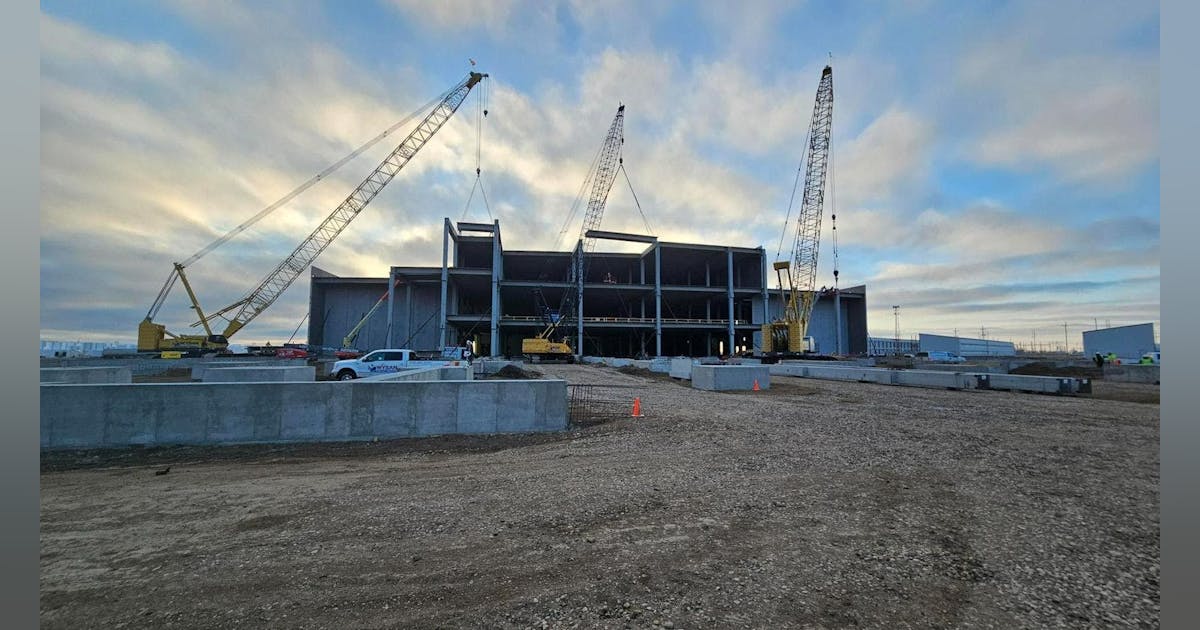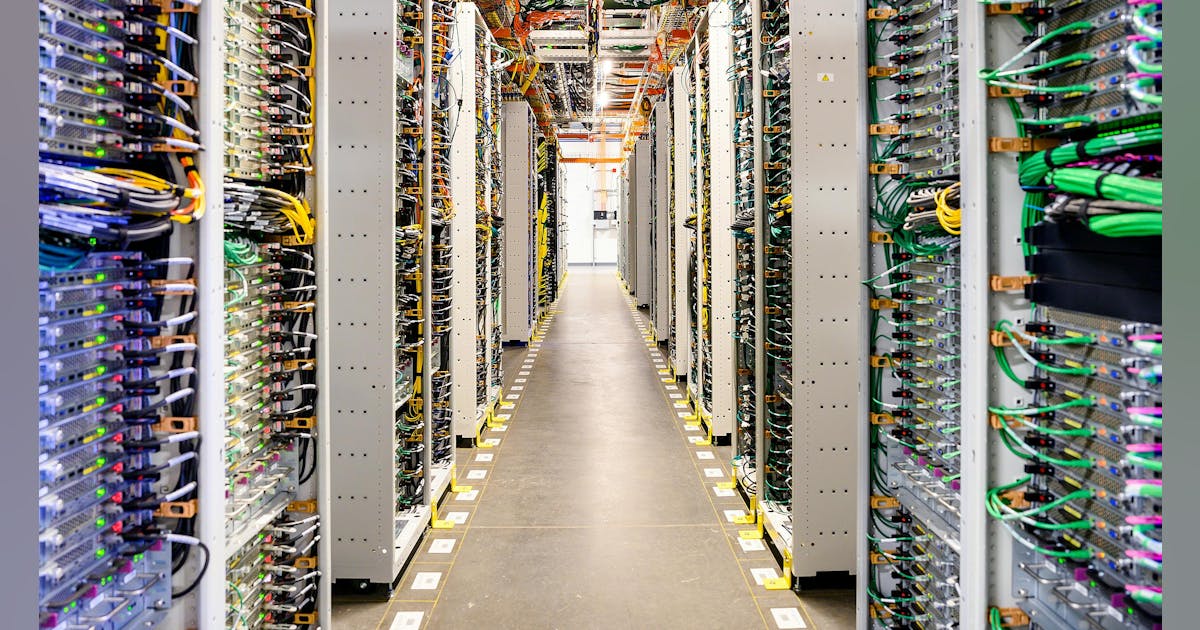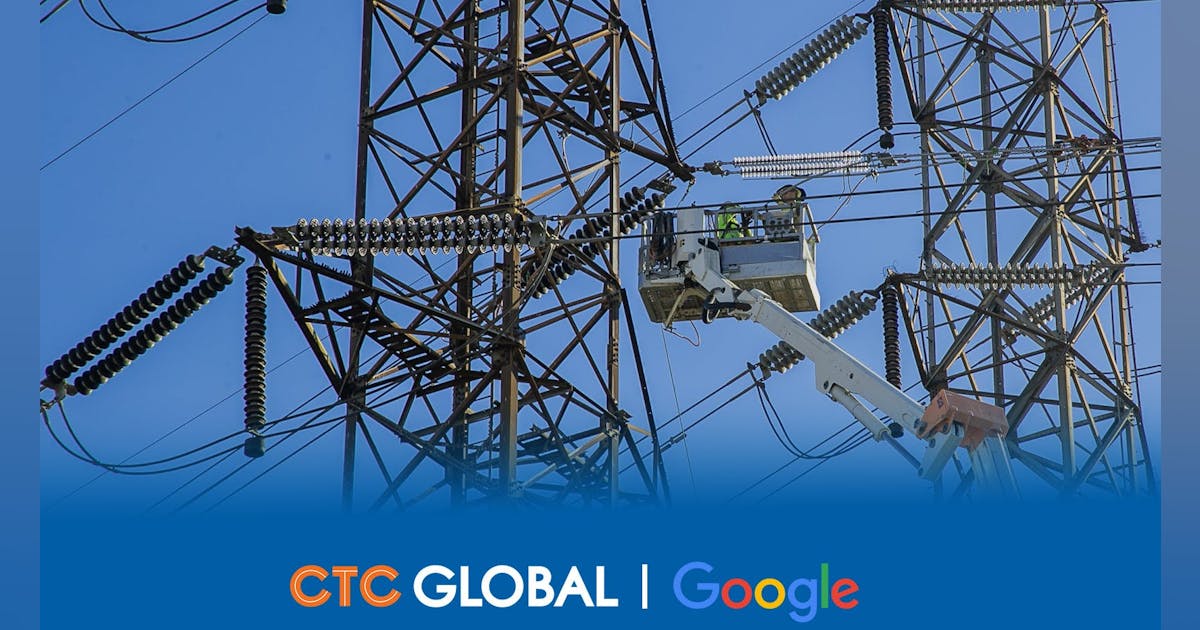
Petro-Victory Energy Corp. said it has signed a binding memorandum of understanding (MoU) under which Brazilian energy firm Azevedo & Travassos Energia S.A. (ATE) will acquire all of its issued and outstanding common shares in an arm’s length business combination.
The transaction is intended to combine the businesses and assets of the two companies, resulting in Petro-Victory becoming a wholly owned subsidiary of ATE, with the current shareholders of Petro-Victory becoming shareholders of ATE.
The combination is expected to “increase shareholder value through the development of ATE’s growth strategy with the supplementation of the company’s diversified portfolio of production and exploration assets,” Petro-Victory said in a news release.
Under the transaction, ATE will complete a private placement of around 205,5 million units at an issue price of $0.13 (BRL 0.73) per unit for gross proceeds of around $27.7 million (BRL 150 million).
ATE will then purchase 100% of the issued and outstanding Petro-Victory shares and will issue 266 million shares at $0.13 (BRL 0.73) per share, provided proportionately to the shareholders of Petro-Victory, according to the release.
Further, ATE will assume all outstanding debt of the company, with the estimated enterprise value of the transaction being approximately $39.5 million, including net debt and before considering any valuation for contingent payments.
As part of the transaction, Petro-Victory shareholders of record at closing will be entitled to a gross overriding royalty (GORR) of 10 percent on the gross revenue from all new production arising from fields that already exist in the concessions owned by the company prior to the MoU or that will be created after the date of the MoU in the concessions owned by the company.
The royalty exempts the production of the reservoirs of the São João Field that are the subject of a partnership between Petro-Victory and Eneva S.A.
The GORR will apply for 15 years from the start of its commercial production or, for existing fields that are already in production, from the closing date, Petro-Victory said.
The transaction is subject to a number of conditions precedent, including the completion of the private placement on or before July 12, subject to a 30-day extension at the sole discretion of ATE.
The two parties will conduct customary due diligence and expect to negotiate and execute a definitive agreement on or before 120 days from the date of the completion of the private placement, according to the release.
If the transaction is completed, Petro-Victory said it plans to delist from the TSX Venture Exchange as the acquisition will cause the company to no longer meet the exchange’s listing requirements.
Andorinha Field Drilling Successful
Meanwhile, Petro-Victory said that it successfully concluded the drilling operations for the AND-5 well in the Andorinha Field, located in Brazil’s Potiguar Basin, in partnership with ATE.
Drilling reached a total depth of 3822 feet (1,165 meters) through sedimentary and basement rock layers. The operation utilized the Drake-2 onshore hydraulic rig, with wireline logging by Halliburton, Petro-Victory said in a separate statement.
Based on conventional petrophysical evaluation, applying a salinity cut-off of 3,500 ppm, 42.7 feet (13 meters) of net pay were identified, distributed across four oil-bearing intervals. The technical team is continuing detailed analysis of the acquired logs and associated data, the company said.
Petro-Victory said it plans to mobilize an onshore completion rig, aiming to acquire special saturation logs to more accurately characterize the productive intervals. Subsequently, well testing and completion operations will be carried out to prepare the well for production, followed by tie-in to the Andorinha Collection Station, the company said.
To contact the author, email [email protected]

